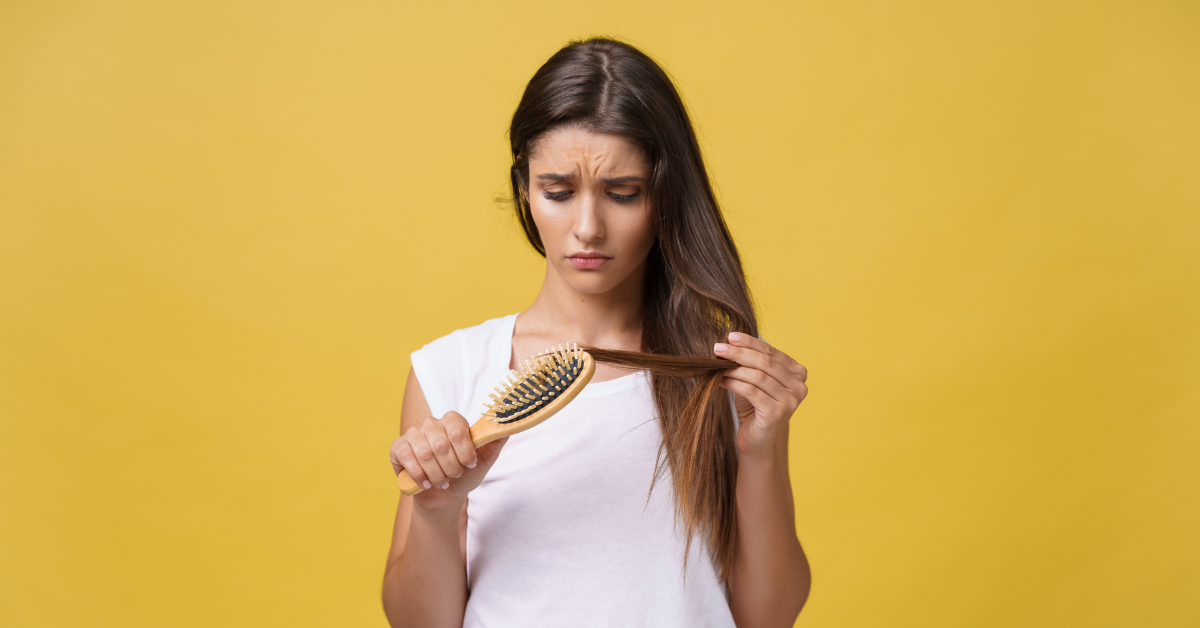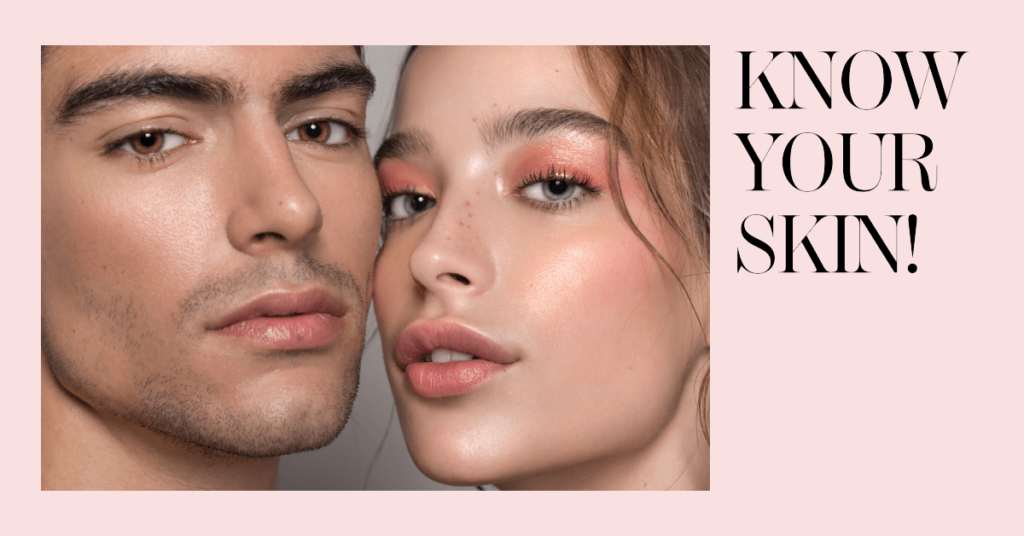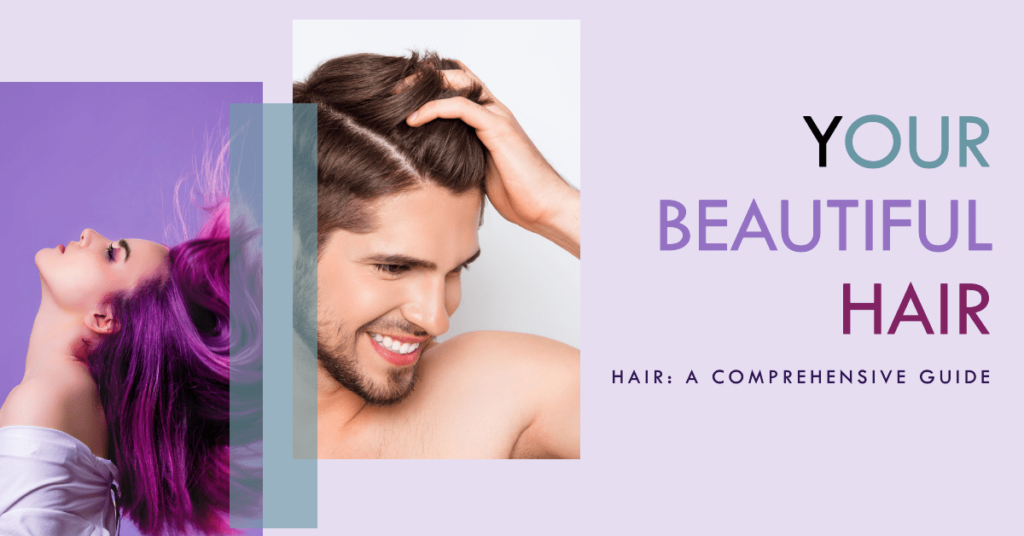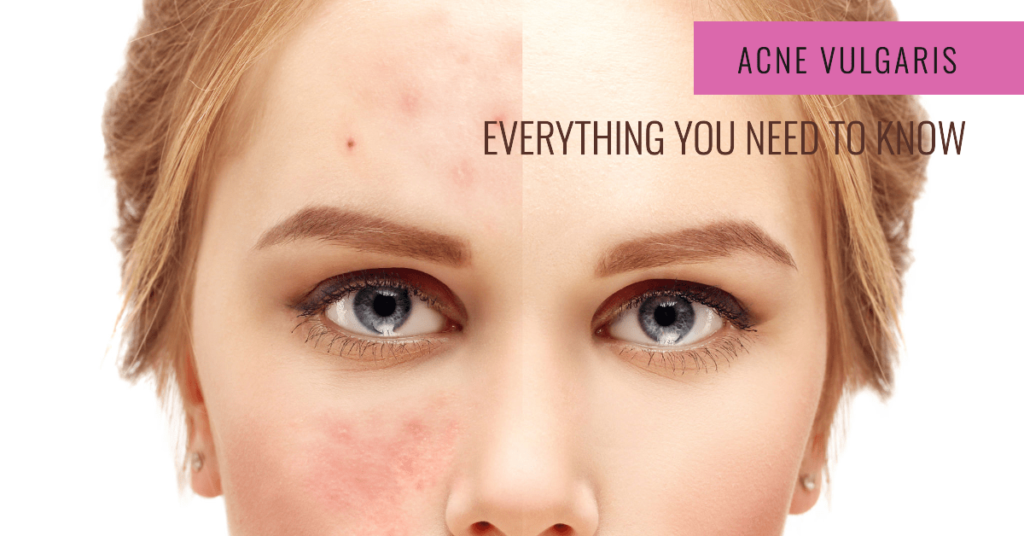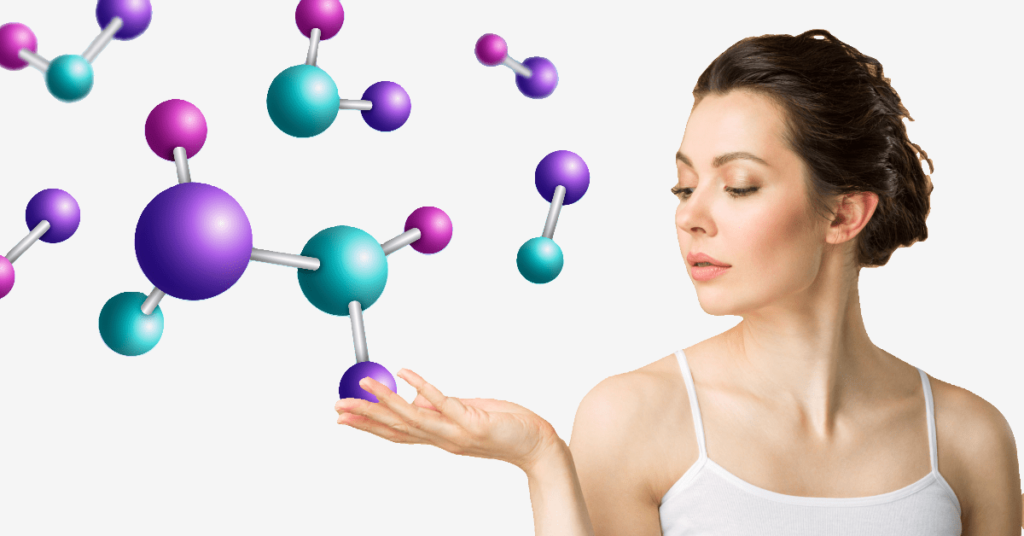When it comes to personal care, people have this tendency to overlook scalp health. A healthy scalp is actually the foundation of strong and beautiful hair. Many people experience scalp issues at some point in their lives, especially women, issues ranging from mild dryness and dandruff to more serious conditions like scalp psoriasis and, of course, hair loss. These problems not only affect the appearance of the hair but can also lead to itching, discomfort, and even long-term damage if left untreated.
Scalp issues arise due to various factors, including genetics, environmental conditions, poor hair care habits, and even a few health concerns. Understanding the root cause of these conditions is essential for effective treatment and prevention.
Below, we are going to explore some common types of scalp issues and scratch the surface.
1. Dandruff (Seborrheic Dermatitis)
What is it?
Dandruff is a common scalp condition characterized by white or yellow flakes, itching, and sometimes redness. It occurs due to excessive oil production, yeast overgrowth, or sensitivity to certain hair care products due to the harmful chemicals present in them.
How is it caused?
- Overgrowth of Malassezia, a yeast-like fungus naturally present on the scalp.
- Excessive oil production, leading to irritation and flaking.
- Sensitivity to hair products.
- Dry scalp conditions.
- Stress and hormonal imbalances.
Prevention
- Wash your hair with a mild, not too strong shampoo to prevent oil buildup.
- Avoid harsh hair products containing sulfates, alcohol, fragrances, etc.
- Manage stress levels through relaxation techniques.
- Maintaining a healthy diet rich in zinc, B vitamins, and healthy fats.
Treatment
- Anti-dandruff shampoos with ingredients like ketoconazole, zinc pyrithione, salicylic acid, or selenium sulfide.
- Coconut oil & tea tree oil have antifungal properties and also help prevent frizz.
- If severe, consult a dermatologist for prescription treatments like topical steroids.
2. Dry Scalp
What is it?
A condition where the scalp lacks moisture, leading to flaking, tightness, and itchiness. Unlike dandruff, the flakes from a dry scalp are smaller and white.
How is it caused?
- It is primarily caused by cold weather and low humidity.
- Overwashing hair with strong shampoo could also become one of the reasons.
- Dehydration and poor diet, of course.
- Skin conditions like eczema or psoriasis.
Prevention
- Use gentle, sulfate-free shampoo and conditioner.
- Avoid washing your hair with hot water, as they strip natural oils.
- Stay hydrated and eat omega-3-rich foods.
- Use a humidifier in dry climates.
Treatment
- Apply natural oils (coconut, jojoba, and argan oil) to nourish the scalp.
- Use hydrating scalp masks weekly.
- Switch to a mild shampoo with aloe vera or glycerin.
- Avoid styling products with alcohol that can dry out the scalp.
3. Scalp Psoriasis
What is it?
It is an autoimmune condition where the skin produces cells too quickly, leading to red, scaly, thick patches on the scalp.
How is it caused?
- Genetics plays a major role here.
- Immune system dysfunction, where skin cells grow at an abnormal rate.
- Triggers include stress, infections, certain medications, etc.
Prevention
- Try avoiding stress and managing anxiety.
- Use gentle hair care products that are fragrance-free.
- Maintain a healthy lifestyle to support immune function.
Treatment
- Use medicated shampoos with coal tar or salicylic acid.
- Topical corticosteroids or vitamin D analogs are prescribed by a doctor only.
- Light therapy (phototherapy) in severe cases.
- Moisturizing the scalp with coconut oil to reduce scaling would also help.
4. Scalp Eczema (Atopic Dermatitis)
What is it?
A chronic inflammatory skin condition causing redness, itching, scaling, and oozing on the scalp.
How is it caused?
- Genetic predisposition to eczema.
- Allergic reactions to hair products.
- Cold, dry weather worsens symptoms.
- Weakened skin barrier due to harsh shampoos.
Prevention
- Use hypoallergenic hair products.
- Avoid hot showers and harsh shampoos.
- Maintain good scalp hydration.
Treatment
- Corticosteroid creams to reduce inflammation.
- Anti-inflammatory oils like coconut or sunflower oil.
- Antihistamines for itching relief.
5. Folliculitis
What is it?
An infection of the hair follicles, leading to red, pus-filled bumps that resemble acne.
How is it caused?
- Bacterial or fungal infections (often Staphylococcus bacteria).
- Friction from hats or helmets.
- Sweat buildup and poor hygiene.
- Ingrown hairs after shaving.
Prevention
- Keep the scalp clean and dry.
- Avoid tight hats or sweating excessively without washing hair.
- Use antibacterial shampoos if prone to infections.
Treatment
- Antibacterial or antifungal shampoos.
- Topical antibiotics for mild cases.
- Oral antibiotics for severe infections.
6. Scalp Acne
What is it?
A condition where pores on the scalp get clogged, leading to pimples, cysts, and inflammation.
How is it caused?
- Excess oil production could be one of the reasons.
- Sweat and product buildup.
- Hormonal imbalances.
- Poor diet (high in sugar and dairy).
Prevention
- Wash hair after sweating.
- Avoid heavy hair products that clog pores.
- Eat a low-sugar, anti-inflammatory diet.
Treatment
- Use salicylic acid shampoos.
- Apply tea tree oil to affected areas.
- Take zinc supplements to reduce inflammation.
7. Tinea Capitis (Scalp Ringworm)
What is it?
A fungal infection that causes round, scaly patches and hair loss.
How is it caused?
- Fungal spores spread through direct contact.
- Sharing combs or towels.
- Warm, humid environments.
Prevention
- Do not share combs, hats, or towels.
- Keep the scalp clean and dry.
Treatment
- Antifungal shampoos (ketoconazole).
- Oral antifungal medication for severe cases.
8. Lice Infestation (Pediculosis Capitis)
What is it?
Infestation of the scalp by tiny insects that cause itching and discomfort.
How is it caused?
- Direct head-to-head contact.
- Sharing combs, hats, or pillows.
Prevention
- Avoid sharing personal items.
- Regular scalp checks in children.
Treatment
- Medicated lice shampoos (permethrin or pyrethrin-based).
- Manual lice combing daily.
9. Scalp Sunburn
What is it?
A burn on the scalp due to excessive UV exposure.
How is it caused?
- Lack of sunscreen or hat protection.
- Prolonged sun exposure.
Prevention
- Wear a hat or sunscreen spray on the scalp.
Treatment
- Aloe vera to soothe the burn.
- Hydrating the scalp with coconut oil.
10. Hair Loss (Alopecia)
What is it?
Thinning or bald patches on the scalp due to genetics, stress, or medical conditions.
How is it caused?
- Genetics (androgenetic alopecia).
- Hormonal imbalances.
- Nutrient deficiencies.
Prevention & Treatment
- Minoxidil or finasteride for hair growth.
- Biotin and iron supplements.
- Hair transplants for severe cases.
Conclusion
Your scalp is just as important as your skin, and taking care of it is essential for maintaining strong, healthy hair. From dandruff and dryness to psoriasis and hair loss, understanding the causes of common scalp issues can help you take the right preventive measures and choose effective treatments. Simple lifestyle changes, such as using gentle hair products, maintaining a balanced diet, and keeping stress in check, can go a long way in promoting scalp health.
Caution: Medicated products should only be used under the supervision of a dermatologist or healthcare professional. We are not responsible for any adverse effects caused by self-medication or misuse of the treatments mentioned in this article.
